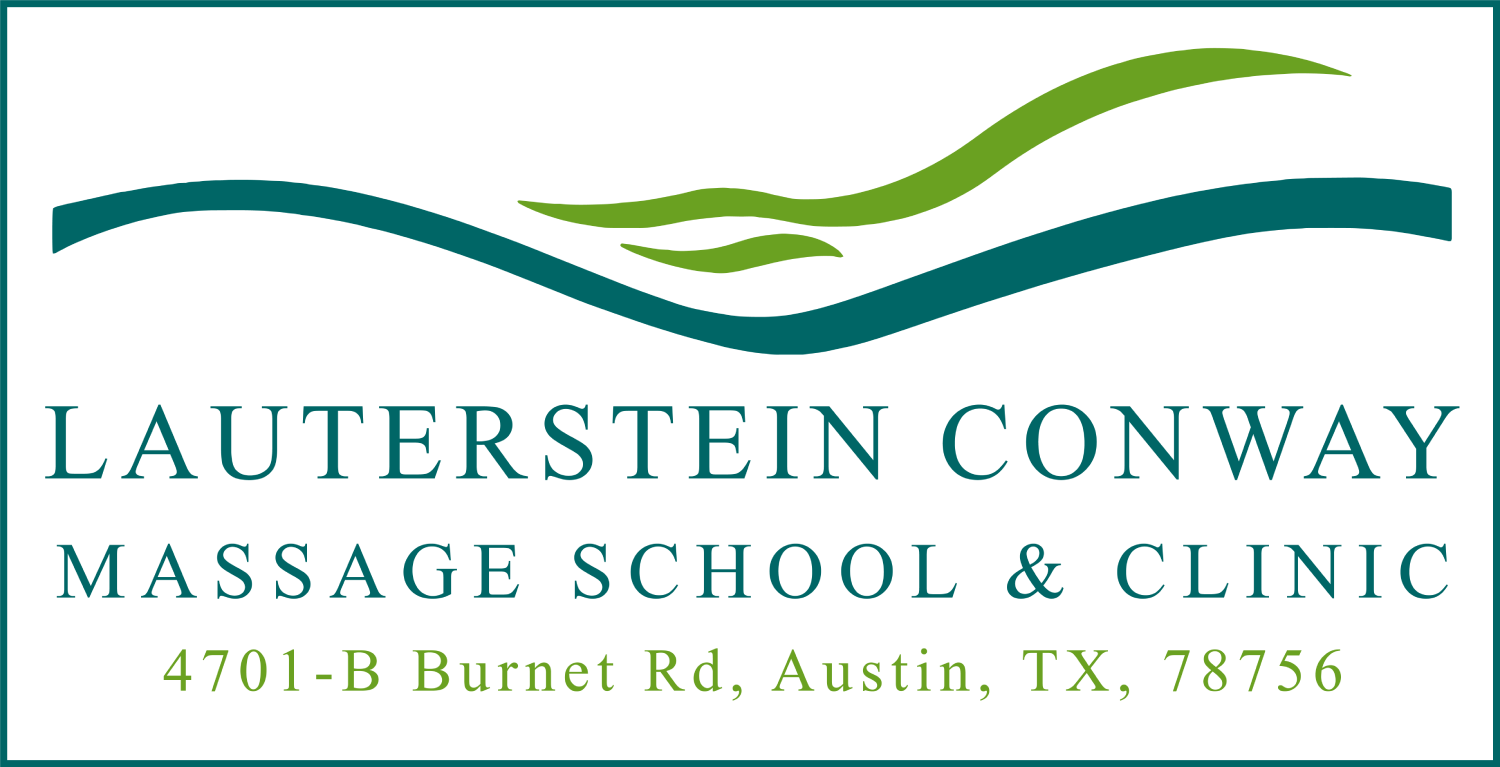Most people don’t know much about their bodies. As a result, we live with suffering individually and as a society suffer from the symptoms of “psycho-physical illiteracy”.
Most of the physical suffering happens in the back. Lower, middle, and upper back problems account for most worker absentee-ism in the U.S. – as well as most client complaints when people come for massage therapy or chiropractic.
To begin creating a new, healthier future for your back and those of your clients, let us start building your self-knowledge of the most prominent back muscles. These are the “erector spinae”. The erector spinae muscles are actually like three long muscular vines climbing up the trellis of your ribs and spine. The outermost is called the “iliocostalis” which indicates it runs up from the pelvis (“ilium”) to the ribs (“costae”) about 2 or so inches out from your center. Iliocostalis feels like a nylon string of a guitar running all the way up to the second neck vertebra. The thickest strand of the erector spinae is the “longissimus” meaning “the longest”. It runs all the way from your sacrum up to the back of your skull right behind your ear (“mastoid process of the temporal bone”). Finally the innermost strand of the erectors is “spinalis” which runs right from the bottom of your ribcage just alongside the centrally located “spinous” processes of your spine (the bumps you see in the center) finally ending up at the back of your skull. Spinalis, like iliocostalis, is rather thin except in the back of the neck where it unites with a deeper muscle layer actually becoming the thickest muscle of the neck.
The erector spinae, from the standpoint of Oriental medicine, are pathways for the “bladder meridian”. The bladder meridian begins at the inside orbit of the eye, comes back over the top of the head, follows the erectors down the back and then travels down the center of the back of the pelvis, legs, and to the little toe. This is part of the “water” element, according to this structural/energetic model. Interestingly, an emotion that may be associated with the bladder meridian is fear. It is not uncommon to find a correlation between fearfulness and chronic or acute back pain. It is also said “the bladder channel connects with the brain and helps integrate intelligence with the functions of the nervous system.”
Sitting at a computer, driving or just walking hunched over, we are compromising these muscles. They get “stuck” in a lengthened position holding onto the torso for dear life. Under this continuous stress, they become weakened, and when we challenge them even just a little bit more – lifting, twisting suddenly, sleeping awkwardly or taking on more stress than usual – they can go into spasm. People who hold their emotions back or have learned to stand at “attention” may certainly also experience chronic tension in these muscles.
Solutions – so your back has future?
Do exercises to lengthen the front torso and to strengthen the back. Rolling on an exercise ball can be very helpful. Pilates and other core-strengthening activities are great – like Hatha Yoga.
Practice fuller breathing – the back muscles all attach to the ribs and, if the ribs are moved more freely by breath, the back muscles’ tension can be greatly relieved.
Cultivate your awareness of what your sources of stress are and what emotions you may holding onto. Then decide on better ways to cope with your stress.
As a therapist, addressing the erector spinae is one of the most important things you can do.
Here are some steps you can take as a therapist: a) medium deep effeurage down the sacrum with your palm or both thumbs – to “re-root” the overstretched fascia.
b) “melting” (sensitively working trigger points) into the side of the erectors between the iliac crest and the 12th rib.
c) cross-fiber friction especially toward the mid-line – across each strand of the erectors – to bring better circulation and breadth back into these overworked muscles.
Both Asian bodywork and chair massage (as we teach it, chair massage brilliantly adapts shiatsu for the back to the seated position) are also quite thorough in their treatment of the erector spinae and the bladder meridian.
The future of the back, if we practice better knowledge and self-care, is to facilitate a buoyant way of living, courageous, free and self-supporting!
For those of you wanting to learn more about this extremely important area, take Cindy Anderson’s superb Chair Massage or Keith Vencill’s Massage for the Low Back.
